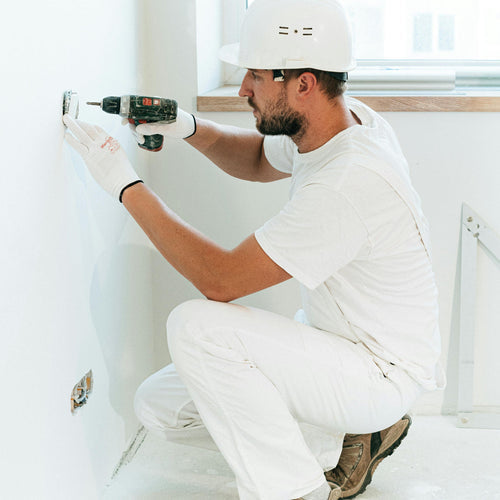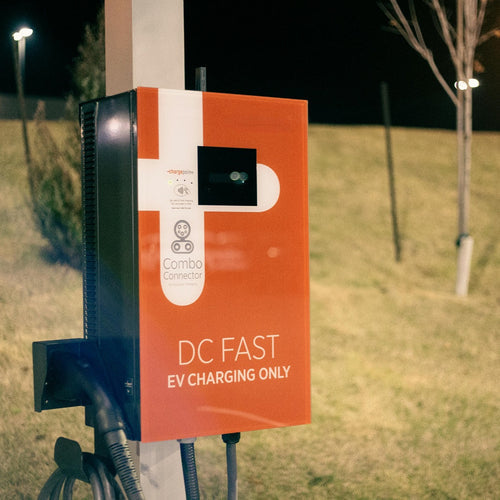Many EV owners look for ways to charge their vehicles at home, often relying on standard electrical outlets. NEMA 14-30 and 14-50 outlets are two common types of electrical receptacles, and some owners wonder if they can use an adapter to connect a 14-30 outlet (commonly used for dryers) to a 14-50 outlet (typically used for electric ranges). In this article, we will figure out.
Understanding the 14-30 and 14-50 Outlets
Before we delve into using an adapter, it’s essential to understand the differences between the two outlet types.
NEMA 14-30: This is a 240V outlet typically used for electric dryers and other appliances. It provides 30 amps of power and finds applications in homes.
NEMA 14-50: This is a 240V outlet that provides 50 amps of power and serves for electric ranges or RVs. EV owners often prefer this outlet for faster charging, as it allows for a higher current draw.

Can I Use an Adapter 14-30 to 14-50 for an EV Charger?
The short answer is no, you cannot safely use an adapter to convert a NEMA 14-30 outlet to a NEMA 14-50.
If you connect a charger to a 14-30 outlet using an adapter without adjusting the current settings, the charger might attempt to draw 40 or 50 amps, which could overload the circuit. This could trip the breaker, damage electrical components, or, in severe cases, cause a fire.
What Are the Potential Risks of Using a 14-30 to 14-50 Adapter?
Using an adapter between different outlet types carries some risks. Here are a few potential issues:
Overloading the Circuit: The 14-30 outlet is designed to handle only up to 30 amps. If you use an adapter to connect a 14-50 charger, the charger may attempt to draw more current than the 14-30 outlet can safely provide. This could cause overheating of wires, circuit breakers tripping, or even a fire hazard in extreme cases.
Inadequate Circuit Protection: The 14-50 outlet typically has circuit protection designed to handle up to 50 amps, but if you're using a 14-30 outlet with an adapter, the circuit protection may not be designed for the higher current demands of the EV charger. This could put the entire electrical system at risk.
Warranty and Insurance Concerns: Some manufacturers and insurance policies may not cover damage caused by the improper use of adapters or mismatched outlets. It's essential to verify whether your EV’s warranty or insurance will remain valid if you use an adapter in this way.
Is It Legal to Use a 14-30 to 14-50 Adapter to Charge an EV?
Legality can vary by region and local building codes. However, there are some general principles.
In the United States, the National Electrical Code (NEC) requires that the maximum current for plug-in chargers is 80% of the circuit capacity, while for hardwired installations, it can reach 100% of the circuit's rated current.
It is crucial to check with a licensed electrician or consult local regulations before proceeding with this setup.

Alternatives to Using an Adapter
Rather than relying on an adapter, there are safer and more reliable ways to charge your EV at home:
Install a 14-50 Outlet: The best solution is to have a licensed electrician install a dedicated 14-50 outlet in your home. This outlet is designed to handle higher power loads and will provide the necessary charging speed for your EV. Many electric vehicle owners opt to have this type of outlet installed specifically for EV charging.
Use a 14-30 Compatible Charger: Many EV chargers come with the option to use different adapters or plugs. Consider using a charger that is compatible with a 14-30 outlet. These chargers will typically charge your EV more slowly but can be an option if upgrading to a 14-50 outlet is not feasible.
Portable EV Chargers with Adjustable Settings: Another alternative is that some portable EV chargers allow users to manually adjust the amperage, ensuring the device doesn't become overloaded when used with a 14-30 outlet without proper compatibility. This is a safe and simple option if you only need to top off the battery occasionally.
Conclusion
While it may be technically possible to use an adapter from a 14-30 to a 14-50 outlet for charging an EV, doing so carries significant risks, including circuit overloading and insufficient protection.
Before using any adapter, you should consult with a licensed electrician to ensure that your charging setup is safe and compliant with local codes. Cutting corners on safety is never worth the risk—especially when it comes to the protection of your home and vehicle.









Leave a comment
This site is protected by hCaptcha and the hCaptcha Privacy Policy and Terms of Service apply.